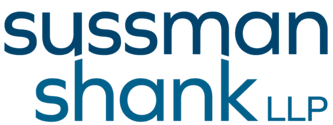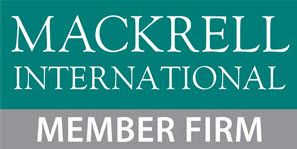By Jack L. Caynon, III
Published in the Portland Business Journal
The COVID-19 crisis has created unprecedented challenges to the survival of many small businesses.
To assist them while many workplaces are closed to protect their employees and customers from exposure to the virus, the Small Business Association has created a temporary product, the Paycheck Protection Program loan, to cover payroll costs and expenses such as rental, utilities and mortgage interest expenses.
However, some businesses may have also applied for the SBA’s Economic Injury Disaster Loan to cover their business interruption costs.
Before the SBA had issued guidance on the PPP, it wasn’t clear whether a business could apply for both loans. On April 2, the SBA issued an interim final rule that stated that businesses may apply for both the EIDL and PPP loan with the understanding that small businesses cannot use the funds from both loans to assist with payroll costs.
Essentially, if a small business has an EIDL and has used those funds to pay PPP covered payroll costs, it may not then use proceeds from a PPP loan to cover those same payroll costs. Accordingly, if the business has used EIDL proceeds to pay PPP covered payroll costs, the amount of the EIDL proceeds must be “rolled” into the PPP loan.
So, a small business may have an EIDL and it may have a PPP loan. Under these circumstances, only a certain portion of the PPP loan is eligible for forgiveness under the Coranavirus Aid, Relief and Economic Act.
At least 75 percent of a PPP loan must be spent on payroll costs, leaving up to 25 percet to spend on other covered expenses. PPP provides eight weeks of coverage under its terms.
If the business exhausts its PPP loan proceeds in seven weeks then uses EIDL proceeds to pay the remaining week, or vice versa, the business’ entire eight weeks’ expenditures are subject to the loan’s forgiveness provision. The EIDL proceeds for the remaining week would roll into the PPP loan. Or, conversely, the business may use all of the PPP proceeds for covered payroll costs and its EIDL proceeds for its utilities, mortgage interest or rental expenses.
If the business applies for a PPP loan, it should use a bank where the business is a current customer assuming the bank is an SBA preferred lender or a lender that issues only SBA loans. Businesses may apply directly to the SBA for EIDL and may decide that an EIDL may provide the business with more flexibility in the long run. There are no prepayment penalties for either loan.
Jack L. Caynon is a business and health care lawyer at Sussman Shank LLP. He focuses on all areas of corporate transactions and health care law.


